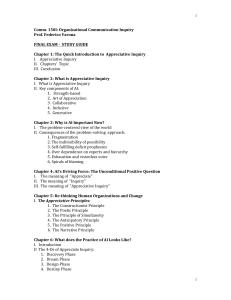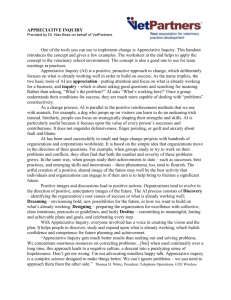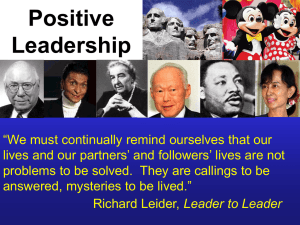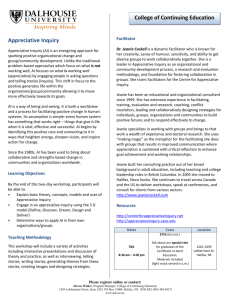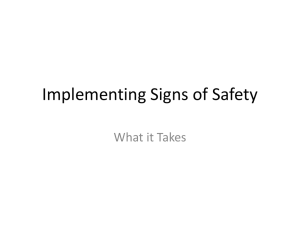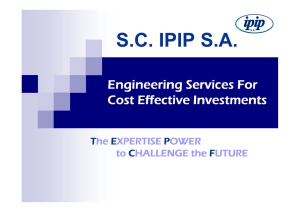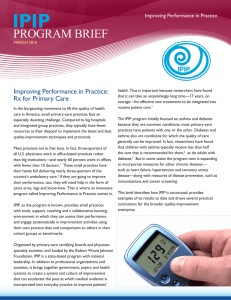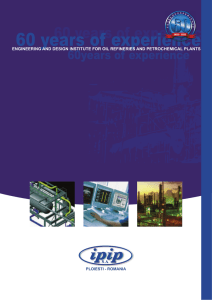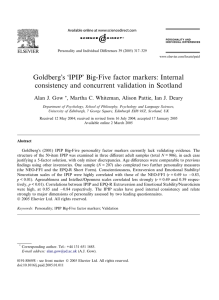Template (in MS word) for IRIS meetings
advertisement
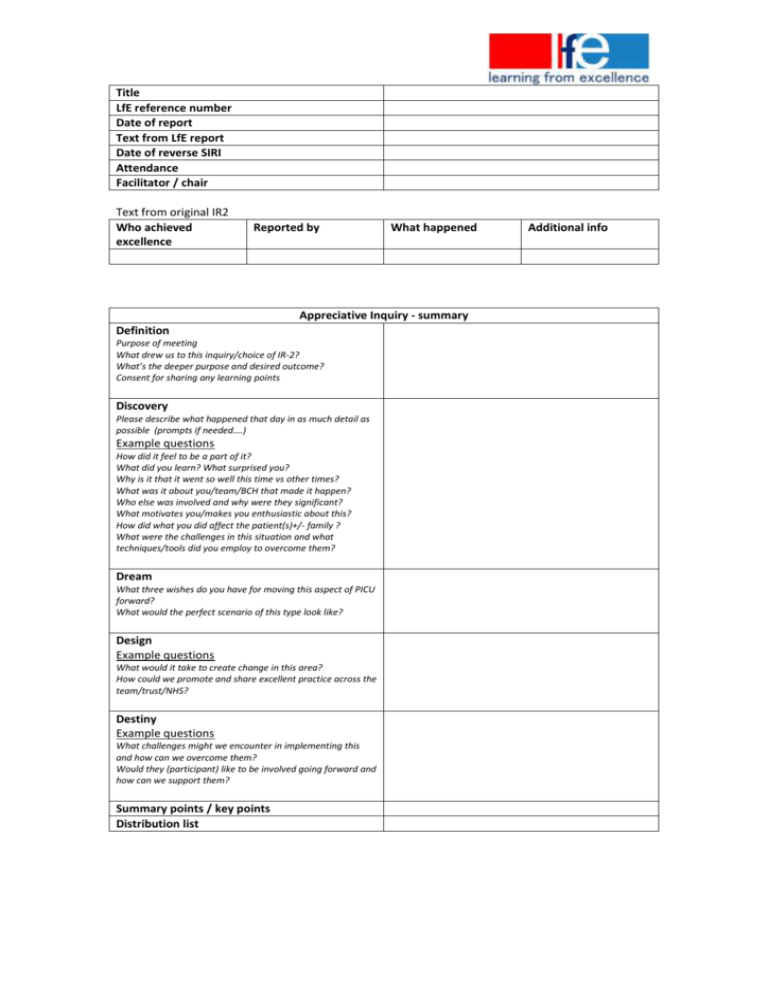
Title LfE reference number Date of report Text from LfE report Date of reverse SIRI Attendance Facilitator / chair Text from original IR2 Who achieved excellence Reported by What happened Appreciative Inquiry - summary Definition Purpose of meeting What drew us to this inquiry/choice of IR-2? What’s the deeper purpose and desired outcome? Consent for sharing any learning points Discovery Please describe what happened that day in as much detail as possible (prompts if needed….) Example questions How did it feel to be a part of it? What did you learn? What surprised you? Why is it that it went so well this time vs other times? What was it about you/team/BCH that made it happen? Who else was involved and why were they significant? What motivates you/makes you enthusiastic about this? How did what you did affect the patient(s)+/- family ? What were the challenges in this situation and what techniques/tools did you employ to overcome them? Dream What three wishes do you have for moving this aspect of PICU forward? What would the perfect scenario of this type look like? Design Example questions What would it take to create change in this area? How could we promote and share excellent practice across the team/trust/NHS? Destiny Example questions What challenges might we encounter in implementing this and how can we overcome them? Would they (participant) like to be involved going forward and how can we support them? Summary points / key points Distribution list Additional info Notes on Appreciative Inquiry (adapted from http://www.davidcooperrider.com/tag/appreciative-inquiry/) 1. 2. 3. 4. 5. 6. 7. DEFINITION: define purpose of meeting – What drew us to this inquiry/choice of IR-2? What’s the deeper purpose and desired outcome? Consent for sharing any learning points DISCOVERY: Please describe what happened that day in as much detail as possible (prompts if needed….) How did it feel to be a part of it? What did you learn? What surprised you? Why is it that it went so well this time vs other times? What was it about you/team/BCH that made it happen? Who else was involved and why were they significant? What motivates you/makes you enthusiastic about this? How did what you did affect the patient(s)+/- family ? What were the challenges in this situation and what techniques/tools did you employ to overcome them? DREAM: What three wishes do you have for moving this aspect of PICU forward? DESIGN: What would it take to create change in this area? How could we promote and share excellent practice across the team/trust/NHS? DESTINY: What challenges might we encounter in implementing this and how can we overcome them? Would they (participant) like to be involved going forward and how can we support them? Summarise Feedback: how has the IR-2 process affected you? Cold we do anything differently? Tips for Conducting Interviews o Let the interviewee tell his/her story. o Take notes and listen for great quotes and stories. o Some people will take longer to think about their answers—allow for silence. o If somebody doesn’t want to, or can’t answer any of the interview questions, that’s OK, let it go. What to do with Negatives The aim of this process is learning from positives, but people should not feel like they do not have permission to also talk about things that need fixing. There are several different ways to handle negatives. o Postponing: Say that you would like to make a note of what the person has said and come back to it later. When you get to the question about what he or she would wish for the organization in the future, this is the time to discuss the “negative” data. o Listening: If the person has some real intensity about problems, let him or her express it. If it is the major focus of the person’s energy, you are not going to get any positive data until she or he gets it out. This may mean muddling through quite a bit of organizational negativity, and the biggest threat is that you will take it in and lose your capacity to be appreciative. Keep a caring, and affirmative spirit. o Redirecting: If the person is adamant about dealing with the negative, or if you have listened sufficiently to understand the negative issues being raised, find a way to guide the person back to the positive: “I think I understand a little bit about some of the problems you see (paraphrase a few of the ones you’ve heard), and now I would like to guide us back to looking at what is happening when things are working at their best. o Using Negative Data: Everything that people find wrong with an organization represents an absence of something that they hold in their minds as an ideal. For example, if the interviewee says something like, “The communication in this organization is terrible”, say to them, “When you say that the communication is terrible, it means that you have some image in your mind about what good communication would look like. Can you describe that for me?” In fact, one could argue that there is no such thing as negative data. Use the negative information and reframe it into a wish or vision statement and then confirm that statement with the interviewee. After The Interviews: Debriefing and Meaning Making After the interviews are complete, locating the themes that appear in the stories includes the work of: o “Mining” the data by looking for themes of life-giving forces in the interview data o Expanding the positive dialogue about these themes to people throughout the organization.


